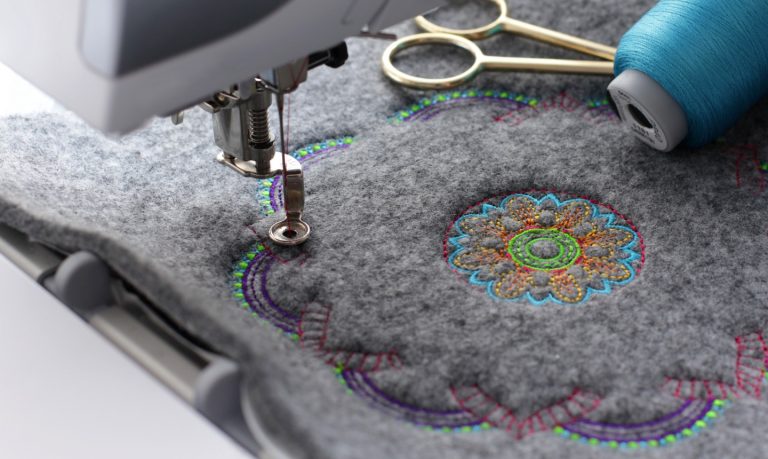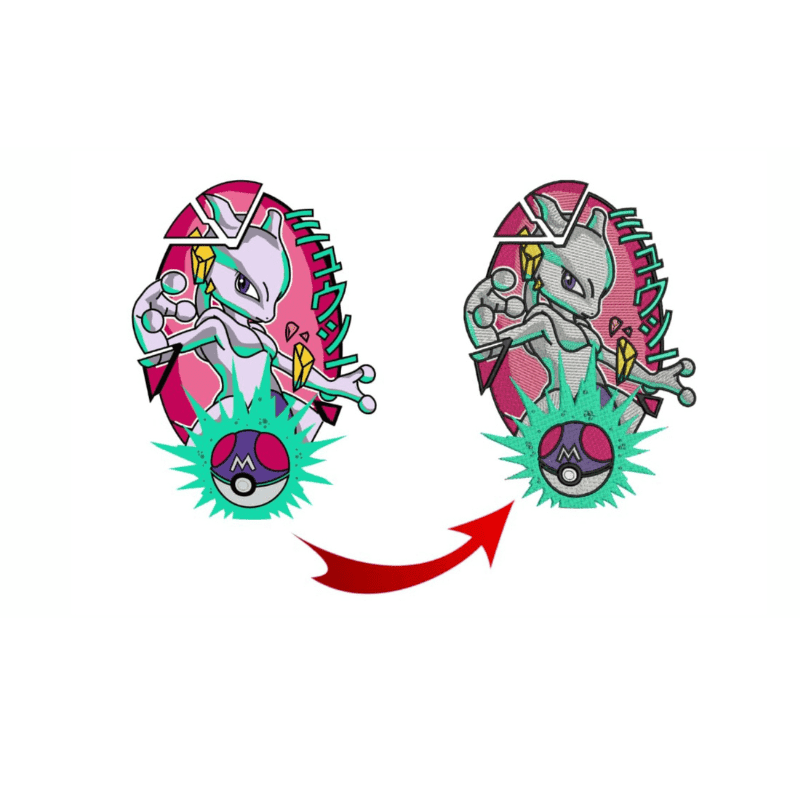Mastering the Needlework Digitizing Process: Your Ultimate Overview
Needlework digitizing is a meticulous craft that requires accuracy and experience to equate elaborate designs right into digital formats for device needlework. As artisans begin on this trip to grasp the embroidery digitizing process, an extensive understanding of the essentials sets the foundation for excellence.

Comprehending Embroidery Digitizing Fundamentals
Embroidery digitizing fundamentals develop the foundation upon which intricate styles are converted right into machine-readable formats for specific stitching. This initial action in the needlework digitizing process is important for making certain that the final stitched item is a faithful representation of the initial layout. Understanding embroidery digitizing basics involves realizing crucial concepts such as stitch kinds, sew instructions, thickness, rug, and draw settlement.
Sew kinds play an important duty in identifying the visual and textural result of the embroidered layout. By selecting the suitable stitch kind, whether it be satin, fill, or running stitch, digitizers can achieve the preferred impact and improve the general top quality of the needlework. Furthermore, stitch direction influences the circulation and measurement of the layout, while thickness establishes the spacing and coverage of the stitches.
Additionally, rug stitching gives stability to the style by protecting the textile and preventing distortion during the needlework procedure. Pull payment is another essential factor to consider to counteract the natural tendency of fabric to agreement when sewn. Understanding these needlework digitizing basics is basic for developing professional-quality stitched products.
Selecting the Right Digitizing Software
Selecting the suitable digitizing software is an important decision that dramatically impacts the performance and top quality of the needlework digitizing procedure. Digitizing for Embroidery. When choosing the appropriate digitizing software, it is essential to take into consideration variables such as the intricacy of layouts you plan to produce, the user-friendliness of the software, the degree of consumer support supplied, and the compatibility with your embroidery device
There are numerous digitizing software program alternatives readily available in the market, varying from fundamental programs for novices to sophisticated software for expert digitizers. Some preferred selections consist of Wilcom EmbroideryStudio, Hatch Needlework Software Application, and PulseID. These software application plans use a broad range of devices and features to assist you develop complex layouts easily.
Before making a decision, it is recommended to discover the different software program choices through totally free trials or demonstrations to determine which one best suits your demands. Additionally, reviewing reviews and looking for recommendations from seasoned digitizers can give useful understandings right into the strengths and weaknesses of each software (Digitizing for Embroidery). By meticulously examining your demands and contrasting the functions of various digitizing software, you can make an enlightened Click This Link choice that boosts your needlework digitizing operations
Digitizing Tools and Techniques

Optimizing Layout Settings for Needlework
Understanding the details of style settings is essential in achieving optimal results in the needlework digitizing process, building upon the structure laid by recognizing digitizing devices and methods. When enhancing layout settings for embroidery, it is vital to think about factors such as stitch kind, thickness, rug, pull compensation, and enrollment. Registration settings align different elements of the layout properly, preserving total layout stability.

Troubleshooting Common Digitizing Issues
When running into common digitizing problems throughout the needlework process, it is necessary to recognize the source and carry out efficient services quickly. One common issue is stitch density issues, where stitches might be also dense, triggering the fabric to pucker, or too thin, leading to voids in the style. Readjusting the stitch density setups in the digitizing software application can aid solve this problem.
One more regular challenge is string breaks during the needlework process. This can take place due to numerous reasons such as wrong tension setups, boring needles, or making use of low-grade thread. Making certain appropriate maintenance of the embroidery equipment, including routine needle adjustments and tension changes, can lessen the occurrence of thread breaks.
In addition, layout enrollment mistakes can lead to misaligned components within the needlework style. Examining the design placement in the digitizing software program and making necessary adjustments prior go to my blog to sewing can aid in preventing this concern. By dealing with these common digitizing issues immediately and successfully, you can guarantee a smoother needlework procedure and high-quality ended up products.
Conclusion
To conclude, understanding the needlework digitizing process needs a strong understanding of the essentials, the appropriate selection of software program, and understanding of tools and methods. Enhancing layout setups and fixing common digitizing issues are important action in making certain premium embroidery outcomes. By following these steps vigilantly, one can accomplish accuracy and efficiency in the digitizing process.